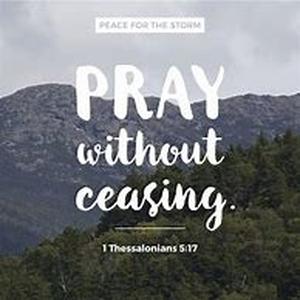
There Are Many Different Types Of Depression. To Distinguish One Type From Other Types Of Depression, Factors Such As The Intensity Of The Symptoms, The Duration, And The Specific Cause Are Usually Taken Into Account. Here, You Will Find Three Of The Most Basic Types Of Depression And The Detailed Profiles Of Each.Major DepressionConsidered As One Of The Most Serious Types Of Depression, In Terms Of Number Of Symptoms And Their Severity, Major Depression, However, Has Significant Differences In The Symptoms And Severity Suffered By Each Individual. For Instance, A History Of Hospitalizations And Suicidal Tendencies Are Two Of The Most Common Symptoms Of Major Depression. However, You Do Not Have To Be Suicidal In Order To Be Diagnosed With Major Depression. And You Do Not Have To Have A History Of Hospitalizations To Get The Same Diagnosis.Out Of All Types Of Depression, Major Depression Is The One That Most Certainly Arises From A Single Traumatic Event In Your Life, Although It Is Possible That The Condition May Develop Slowly As A Consequence Of Numerous Personal Disappointments And Life Problems. Dysthymic DisorderThese Are Types Of Depression That Refer To Low To Moderate Level Of Depression. The Symptoms Often Persist For At Least Two Years, And Often Longer. Although The Symptoms Are Not As Severe Nor As Numerous As Those Of Major Depression, They Are, However, More Persistent And Resistant To Treatment. As Such, Dysthymic Depression Is Often Referred To As Chronic Depression. It Is Characterized Mainly By An Almost Daily Depressed Mood, Low Energy, Sleep Or Appetite Disturbances, And Low Self-esteem.Bipolar DepressionThis Is Perhaps The Most Peculiar Of All Types Of Depression Because It Includes Both High And Low Mood Swings. In Addition, Bipolar Depression Also Includes A Variety Of Symptoms That Are Otherwise Not Present In Other Types Of Depression.It Is Presumed That Bipolar Depression Is A Chronic Condition Since It Has Been Found That The Vast Majority Of Individuals Diagnosed With Bipolar Depression Have Additional Episodes In The Future. Periods Of Mania Are Called Manic Episode While Periods Of Extreme Depressed Mood Are Called Depressive Episode, Hence, The Condition May Also Be Referred To As Manic-depressive Disorder. In Most Cases Of Bipolar Depression, The Occurrence Of Depressive Episodes Far Outweighs The Occurrence Of Manic Episodes 3 To 1.Individuals Going Through The Manic Episode Do Not Perceive Their Condition As Needing Treatment So They Usually Resist Any Attempts At Treatment. This Is A Serious Judgment Problem Since As The Period Of Mania Progresses, The Individual Loses The Ability To Concentrate, Thinking Becomes More Grandiose, And Problems Develop. While In A Depressive Episode, On The Other Hand, The Individual Usually Becomes So Depressed That He May Contemplate Suicide. The Risk Of Suicide Is Often Very Strong Among Bipolar Depression Patients In One Of Their Depressive Episodes.





